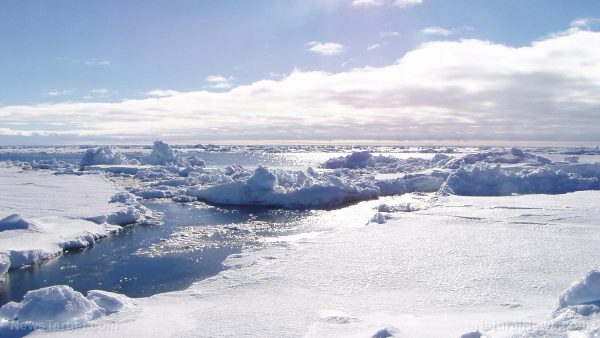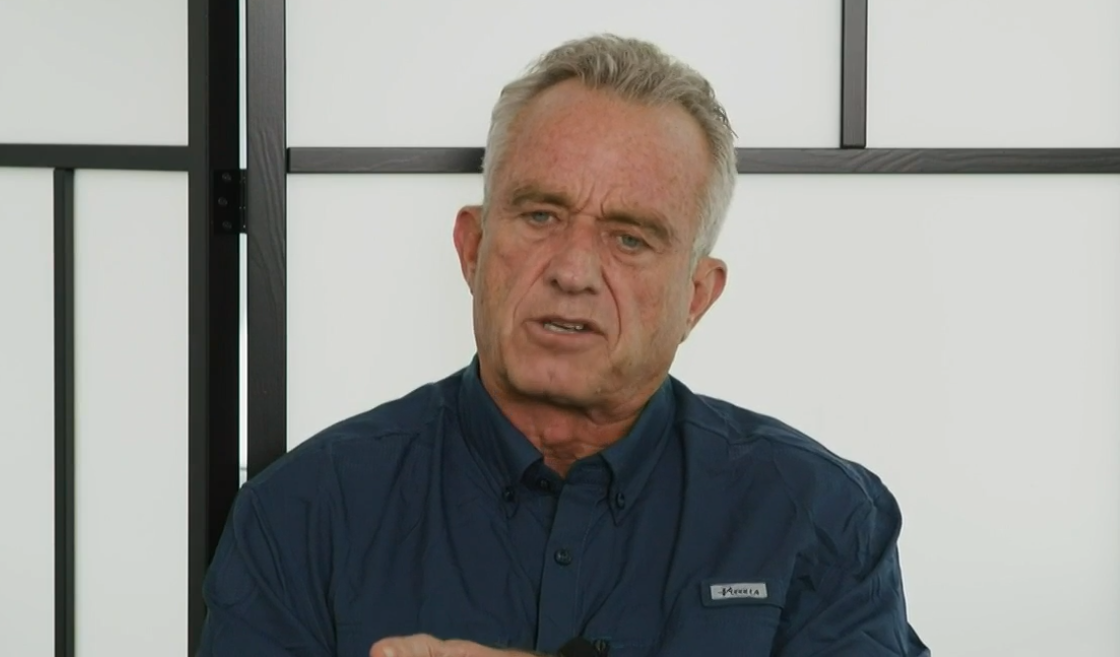 Parler
Parler Gab
Gab
- Antarctica’s ice sheet grew by 108 billion metric tons annually (2021–2023), defying IPCC melt predictions. Brazil’s record crop yields (e.g., soybeans up 6%, rice up 10%) challenge forecasts of CO2-driven agricultural collapse, with farmers citing CO2’s fertilization effect.
- Peer-reviewed studies (e.g., The Cryosphere) show Antarctic ice accumulation over 150 years, undermining "catastrophic melt" narratives. Critics accuse climate activists of ignoring natural variability and overstating human influence on ice dynamics.
- Past alarms (1970s ice age, 1980s acid rain, 1990s ozone crisis) were exaggerated or debunked. UN and Al Gore’s models (e.g., An Inconvenient Truth) faced criticism for inflated projections that didn’t match observed data.
- Governments push costly net-zero agendas despite evidence of ice rebound and agricultural gains. Experts like physicist Richard Lindzen warn of institutional bias, with IPCC accused of suppressing dissenting data.
Brazil’s agricultural triumph
Brazil’s 2025 harvest has shattered previous records, offering a stark rebuttal to forecasts of CO2-driven agricultural collapse. The Brazilian Institute of Geography and Statistics reports that cereals, legumes and oilseeds are projected to exceed 325 million metric tons this year—an 11% increase over 2024. Soybean production alone is expected to reach 161 million metric tons, a 6% rise over last year. The National Supply Corporation credits expanded planting areas and favorable weather, with key crops like rice seeing a nearly 10% boost in cultivation. These numbers contradict the UN’s Intergovernmental Panel on Climate Change (IPCC), which has long warned that warming and rising CO2 would disrupt global agriculture. Instead, farmers say increased atmospheric carbon dioxide acts as a “natural fertilizer,” boosting photosynthesis. As one Midwestern U.S. grain grower quipped, “Plants love CO2. If you want to starve, cut it off.” Brazil’s success exemplifies a global trend: warmer temperatures are extending growing seasons, not shrinking them.Antarctica’s ice rebound threatens climate orthodoxy
Far south in Antarctica, data from NASA and glaciologists reveal a decades-long shift. While the IPCC utilizes models predicting catastrophic ice melt, actual measurements show Antarctica’s ice sheet added mass over the past three years. The reversal, driven by record snowfall, invalidates doom-and-gloom scenarios underpinning policies like net-zero mandates and fossil fuel bans. “This is not a temporary blip,” said a study in The Cryosphere, which detected ice accumulation spanning 150 years. Critics argue this phenomenon undermines assumptions that ice gain requires warming—a claim the study’s authors admit is speculative. “The climate system is far more complex than activist scientists want to acknowledge,” said glaciologist Dr. Tim Ball, noting fluctuations in Antarctic ice have occurred throughout history, regardless of CO2 levels. The continent’s recent ice-gain period follows an infamous 2021 expedition where a research vessel became trapped in thickening sea ice, languishing for weeks. Despite this, organizations like Greenpeace continued invoking Antarctica as a climate catastrophe emblem. “They’ll cling to any story—even when reality contradicts it—to justify crackdowns on industry,” said climate science skeptic Patrick Moore, a co-founder of Greenpeace who left the group over its “anti-technology extremism.”A legacy of overwrought predictions
History is littered with climate warnings that missed reality. The 1970s warned of an “imminent ice age,” the 1980s hyped “acid rain annihilation,” and “ozone apocalypse” panics of the 1990s failed to materialize. Now, alarmists claim the ozone layer is vanished and humanity faces “baking” like a roasted turkey. Each era’s crisis, however, has one common thread: economically devastating policy agendas pushed despite inconsistent evidence. Former U.S. Vice President Al Gore’s 2006 documentary An Inconvenient Truth, which dramatized melting Antarctic ice and sinking cities, relied on models later rebuked as exaggerated. Similarly, the UN’s 2019 climate report projected record ice loss that was swiftly disproven by NASA’s tracking. As British climatologist Nic Lewis noted in the Climate Dynamics journal, “Predictions routinely overshoot by a factor of five. When reality doesn’t cooperate, it’s easier to adjust data than admit mistakes.”The (false) alarm bell: Prioritizing politics over science
Despite mounting evidence, governments continue advancing costly climate agendas. Canadian Prime Minister Mark Carney, a UN climate policy lead, and U.S. climate envoy John Kerry advocate for fossil fuel bans despite studies by Cato Institute and Heartland Institute documenting rising ice and agricultural yields. Their policies mirror 20th-century failures, such as the 1970s “Save the Whales” movement that ignored natural population recoveries. “The real crisis is the corruption of scientific institutions,” said Physicist Richard Lindzen, who in 2019 accused the IPCC of politicizing data. Lindzen’s warnings echo similar concerns from energy analysts, farmers and even some UN staff who admit pressure to omit “contrarian” findings.A call for evidence-based reforestation
As ice thickens and crops flourish, the stakes of climate policy could not be higher. Trillions of dollars are funneled into renewables and decarbonization while hunger and energy poverty persist in developing nations. The urgency for systemic change is clear: dismantling climate propaganda’s grip on academia, media and governments to prioritize transparency. Until then, the world faces a paradox—governments insist on “#FightClimateChange” while nature itself resists. As Brazil and Antarctica show, the greatest threat might not be rising seas, but the institutions failing to acknowledge them. Sources for this article include: WattsUpWithThat.com BizPacReview.com HotAir.com PolarGuidebook.comFederal POWER GRAB over states: Congress moves to block AI regulation nationwide for a decade
By Willow Tohi // Share
Major newspapers publish AI-generated summer reading list with fabricated books
By Cassie B. // Share
New Antarctic study reveals Medieval Warm Period had far less sea ice than today
By Willow Tohi // Share
SEC charges Unicoin and top executives in massive $100M crypto securities fraud
By Cassie B. // Share
Governments continue to obscure COVID-19 vaccine data amid rising concerns over excess deaths
By patricklewis // Share
Tech giant Microsoft backs EXTINCTION with its support of carbon capture programs
By ramontomeydw // Share
Germany to resume arms exports to Israel despite repeated ceasefire violations
By isabelle // Share









